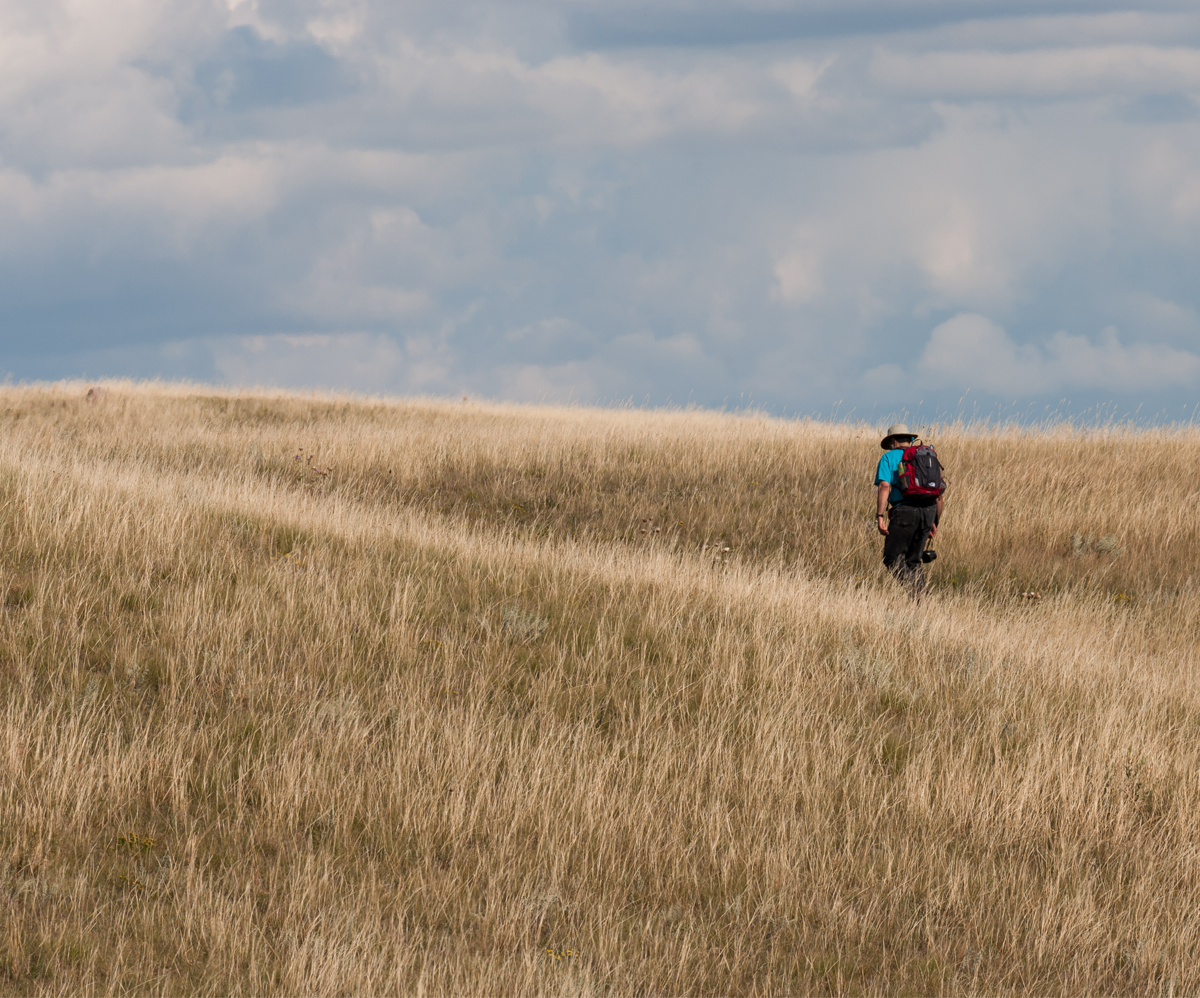

Welcome to the first native grassland planted in Haldimand County.
Funded through Haldimand Stewardship Council (HSC), ALUS, Grasslands Ontario, Haldimand Rural Water Quality Program (administered by GRCA and Haldimand County), OMAFRA’s Species at Risk Farm Incentive Program, and Natural Resource Solutions Inc environmental consultants.
Project partners in action are: Haldimand Bird Observatory, the landowner family, Dunnville Secondary School, Hamilton Pipits, Hobbitstee Wildlife Refuge, HSC and a host of volunteers and students documenting the effects to the wildlife community of the transformation from a row crop field to native grassland.
The transformation to a grassland is the result of HSC and the Haldimand Bird Observatory relocation to land partially within the floodplain of the Grand River, on agricultural land eligible for funding to help rebuild native habitat across the County, to absorb and clean stormwater, and create native habitat for wildlife.
Now in it’s second year of growth, the grassland has become a feasting ground for songbirds, particularly a high diversity of sparrows (song sparrow, swamp sparrow, American tree sparrow, white-throated sparrow, Lincoln’s sparrow, field sparrow, savannah sparrow, white-crowned sparrow, fox sparrow). Master Bander Rick Ludkin says of the fall 2023 bird banding season: “There can be no question about the impact of planting the adjoining 7-acre field in prairie grasses: the sparrow numbers exploded. We banded a total of 1,719 birds: our second-best fall was last year when we did 852. We more than doubled that old number.”
Kayanase Greenhouse in Oshweken provided a beautiful assortment of potted native flower stock to plant a mix of 16 species into the 10-12m width along the north edge of the grassland next to the river valley to develop a mixed grassland/meadow strip.
ALUS (Alternative Land Use Services) recognizes the important role farmers and ranchers play in land stewardship to build nature-based solutions such as grasslands for the benefit of communities and future generations. Participating farmers and ranchers receive annual, per-acre payments for utilizing their land to create valuable ecosystem services and for the management of their projects. Upcoming management of the grassland may include late season cutting and/or grazing to control woody growth.
Kayanase Greenhouse in Oshweken provided a beautiful assortment of potted native flower stock to plant a mix of 16 species into the 10-12m width along the north edge of the grassland next to the river valley to develop a mixed grassland/meadow strip.
HSC is working to set up ‘ALUS Haldimand’ to help build back an absorbent, connected landscape across the County. Targeted lands for grassland projects include less-productive, often low-lying lands associated with tributaries and/or wetter areas on the landscape.
Contact Haldimand Stewardship Council if you have land to return to native forest, wetland, shrubland or grassland habitat
rm@haldimandstewardshipcouncil.org